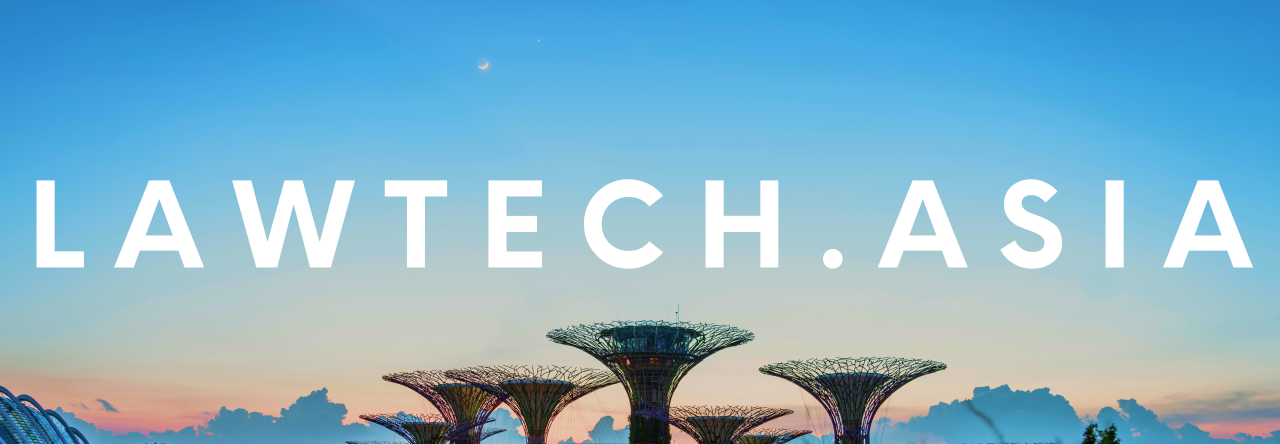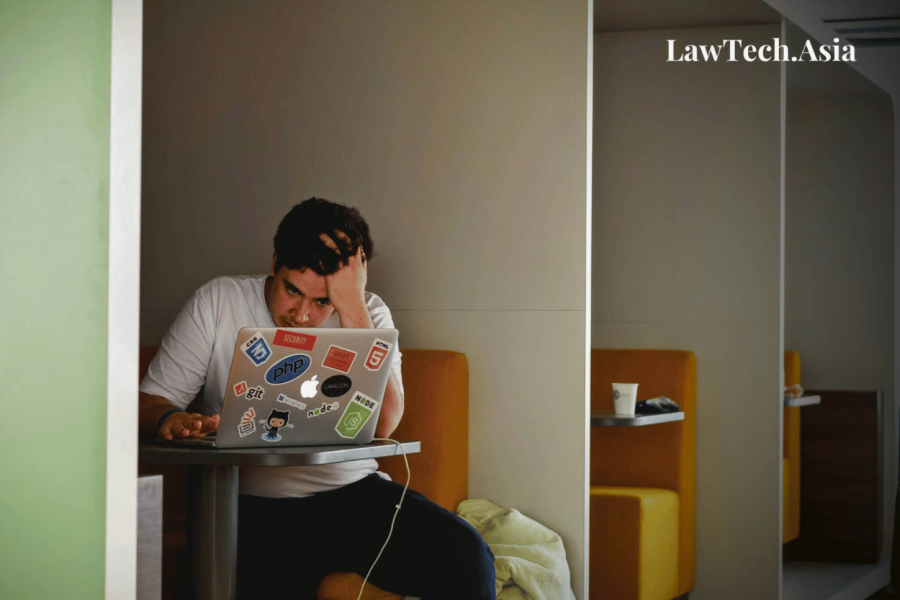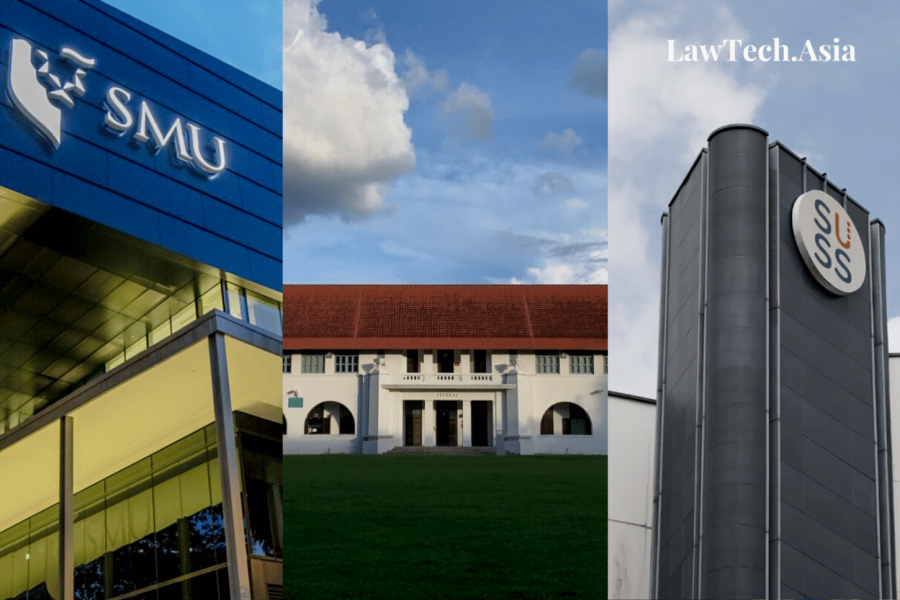Written by: Marc Lauritsen
Will AI make law better?
Yes.
For whom?
For many on both sides of the legal profession’s moat.
I’ll be brief.
(If you’re looking for verbosity, see my other writings. Links to some decorate this one.)


Written by: Marc Lauritsen
Will AI make law better?
Yes.
For whom?
For many on both sides of the legal profession’s moat.
I’ll be brief.
(If you’re looking for verbosity, see my other writings. Links to some decorate this one.)

Written by: Alexis Sudrajat and Alexis N. Chun
The inaugural Computational Law Conference (“CLAWCON“) ran from 12 to 14 July 2023. Hosted in the Singapore Management University (“SMU“), the event saw speakers and attendees from private, public, regulatory, and academic organisations, some of whom had flown in from all over the world. They had come together to discuss the issues surrounding computational law from a multi- and interdisciplinary perspective. It was organised by SMU’s Centre for Computational Law (“CCLAW“), Singapore’s first and only research centre focused on applied research in the intersection between law and technology.[1]
Two distinguished speakers, Professor Lee Pey Woan, Dean of Yong Pung How School of Law (“YPHSL“), and Mr Yeong Zee Kin, Chief Executive of Singapore Academy of Law (“SAL“), delivered the opening keynote addresses of CLAWCON 2023. This article summarises both of these keynote speeches.

Written by Eugene Yan, Yap Jun Hong and Alexis Chun | Edited by Josh Lee Kok Thong
Conversations from the 17th International Conference on Substantive Technology in Legal Education and Practice, held in Singapore in July 2022
In July 2022, SMU Centre for Computational Law (“CCLAW“) hosted the 17th International Conference on Substantive Technology in Legal Education and Practice (“SubTech2022”). The theme for this edition was “Training lawyers (and computers) in the age of Computational Law”, and it explored how legal education, legal practice, and society at large could be supported and improved with the use of technology. Unlike most traditional conferences, SubTech2022 followed an “unconference” format where attendees also had a say in the agenda. To facilitate this, multiple “Birds of a Feather” sessions were held throughout the day, each with its own topic statement which was contributed to by participants.
This article distills the conversations which took place during SubTech2022 on the question of “Are law schools preparing students for a tech-driven world?”
Powered by WordPress & Theme by Anders Norén